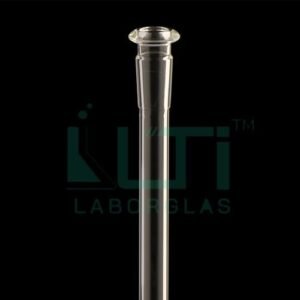- Made from Polypropylene
- Autoclavable & corrosion resistant
- There is an individual rack for both 8 ml. & 20 ml. vials
- These rugged & stable racks can hold scintillation vials for convenient storage, handling & sample preparations
| PART No. | Quantity | Pack Qty. |
| 7990-90 | Rack for 90 vials of 8 ml | 2 |
| 7990-50 | Rack for 50 vials of 20 ml | 2 |
Here are some key features and uses of racks for scintillation vials:
- Organization: Scintillation vial racks provide a systematic way to organize and arrange multiple vials. This organization is crucial for efficient sample handling, especially when dealing with numerous samples in a single experiment.
- Compatibility: Racks for scintillation vials are designed to securely hold vials of specific sizes commonly used in liquid scintillation counting. The design ensures a snug fit for stability during various laboratory procedures.
- Liquid Scintillation Counting: The racks are used in conjunction with liquid scintillation counters, facilitating the placement of scintillation vials in the counting apparatus. This allows researchers to measure the radioactivity of samples by detecting the light emitted during radioactive decay.
- Sample Preparation: Racks assist in the preparation of samples for liquid scintillation counting. Researchers may use the rack to hold the vials while adding samples to the liquid scintillator or during mixing procedures.
- Beta and Alpha Particle Detection: The rack design may be optimized for the detection of specific types of radiation emitted during radioactive decay, such as beta or alpha particles.
- Material Compatibility: Racks are typically made from materials that are compatible with the solvents and scintillators used in liquid scintillation counting. Common materials include plastic or other non-reactive materials.
- Labeling and Identification: Some racks have spaces for labeling or coding, allowing researchers to mark and identify specific vials. This is crucial for maintaining accurate records and traceability.
- Sealing and Containment: Racks may be designed to secure scintillation vials in place, preventing accidental spills or contamination. Some racks may also feature lids or covers for additional containment.
- Versatility: Racks may be designed to accommodate different sizes of scintillation vials, providing flexibility for researchers working with various sample volumes.
- Autoclavable: Depending on the material, some racks may be autoclavable, allowing for sterilization before use to maintain aseptic conditions in the laboratory.
- Stackability: Racks are often designed to be stackable, optimizing storage space in the laboratory, particularly in refrigerators or freezers.







